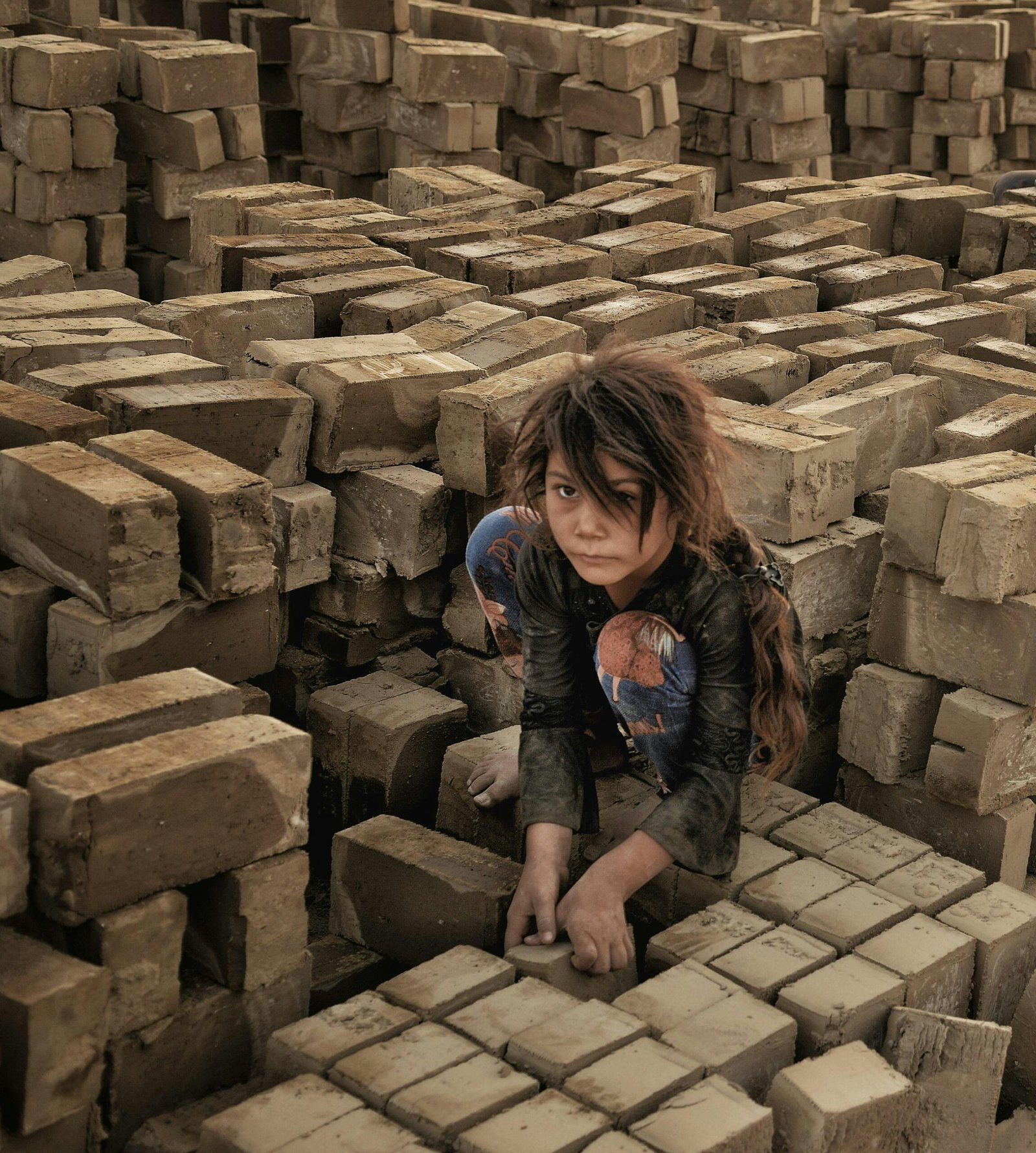Addressing the Menace of Child Labour in India: Understanding Causes and Implementing Solutions for Economic, Social, and Health Development of Millions of Children
– Recent findings from the International Labour Organization and UNICEF paint a troubling picture: a staggering 160 million children are now trapped in child labor globally. The COVID-19 pandemic has only exacerbated this crisis, putting millions more at risk. Behind these numbers lie real stories of children robbed of their childhood, forced into hazardous work, and denied opportunities for education and a brighter future. Urgent action is needed to address this pressing issue, protect vulnerable children, and ensure they have the chance to thrive. It’s a call for global solidarity and concerted efforts to end the exploitation of our most vulnerable.
– India biggest Child labour employees at Uttar Pradesh , Bihar, Rajasthan, Maharashtra & Madhya Pradesh.
Prominent Causes of child Labour:-
√ Poverty
– Many families unable to afford basic needs.
– Poverty also forces Children to work.
✓ Poor infrastructure
– Many School lack of adequate Infrastructure, facilities, Teachers, Quality Education.
✓ Social Norms
– Like education not important for girls.
– Some families tradition making their occupation.
✓ Emergency
– Natural disaster, conflict, pandemic can also disrupt.
– Some children lost their parent.
✓ Lack of opportunity
-Due to high unemployment rate and low wages.
– Many adults not find their decent and dignity.
– Socio – economic Impact of child labour.
✓ Reduced Human Capital Accumulation
– Child Labour diminishes Children’s ability to accumulate skills & knowledge, effect their future.
✓ Perpetuation of Poverty & Child labour
– Child labour lowers Wages for unskilled work led to Poverty cycle.
✓ Impaired Technological Progress & Economic Growth
– Child labour hampers technological advancement and Innovation.
– Slowing down long term Economic growth & development.
✓ Deprivation of Rights & Opportunities of children
– Child labour deprives children their Right To Education, heath, Protection.
✓ Negative Health Impact
– Expose Children to Hazards, Physical Injuries, disease, Abuse, exploitation, affect their mental well-being and life expectancy.
Goverment initiative:-
Child labour is a heartbreaking reality that continues to persist in many parts of the world, including India. It’s a problem that robs children of their childhood and prevents them from accessing opportunities for growth and development. However, the Indian government has taken several initiatives to combat this issue and create a better future for these vulnerable children.
One significant step towards ensuring every child’s right to education is the Right to Education (RTE) Act of 2009. This act mandates free and compulsory education for all children aged 6 to 14 years. By providing access to quality education, the RTE Act aims to discourage families from sending their children to work and instead encourages them to send their children to school.
In addition to education-focused initiatives, there are laws specifically targeting child labour. The Child Labour (Prohibition and Regulation) Act of 1986 aims to regulate the employment of children and prohibit their engagement in certain hazardous occupations. This act sets the legal framework for protecting children from exploitation in the workforce.
Moreover, the Factory Act of 1948 imposes regulations on the working conditions in factories, including provisions for the employment of children. By setting standards for workplace safety and age restrictions, this act contributes to the protection of children from hazardous work environments.
The National Policy on Child Labour, established in 1987, provides a comprehensive framework for addressing the issue of child labour in India. It emphasizes the importance of social protection, rehabilitation, and education for children at risk of or engaged in labour.
To implement these policies effectively, the government introduced the National Child Labour Project (NCLP) scheme. This scheme focuses on the rescue, rehabilitation, and education of child labourers, providing them with essential support to break free from the cycle of exploitation.
In the digital age, technology plays a crucial role in combating child labour. The PENCIL (Platform for Effective Enforcement for No Child Labour) portal serves as a digital platform for monitoring and reporting instances of child labour. It facilitates coordination between various stakeholders and enhances the effectiveness of enforcement efforts.
Furthermore, India ratified the International Labour Organization’s Convention on the Worst Forms of Child Labour in 2007, demonstrating its commitment to eradicating the most egregious forms of child labour and ensuring the protection of children’s rights.
Way forward :-
✓ Strengthening legal Framework & its Enforcement.
– Enacting and Amend laws that Prohibit & regulate child labour.
✓ Providing Social Protection & Economic Support
– Govt have to Support Poor & Vulnerable families to prevent child labour.
– Include Pension, subsidies, food- security, health Insurance.
– Facilitate Credit, saving, microfinancing.
✓ Ensuring Universal and quality Education
– Ensuren children have access to free and compulsory Education upto 14 yrs age, as per RTE Act 2009 and Article 21A of constitution.
✓ Raising Awareness & Mobilizing Action
– Collaborate with Civil Society organization, Media, corporation and citizen.
– Initiatives, Campaign, network.
– Role of Panchayati raj institution and Nagar palika.
✓ Responding in Emergency and crises
– Government should provide Aid & Support in crisis, Conflict, disasters, Pandemic or economic shocks.
Source of Information: The International Labour Organization (ILO) provides insights into child labour through its website https://www.ilo.org/ipec/facts/lang–en/index.htm#. Delve into the term “child labour” and understand its detrimental effects on physical and mental development.

